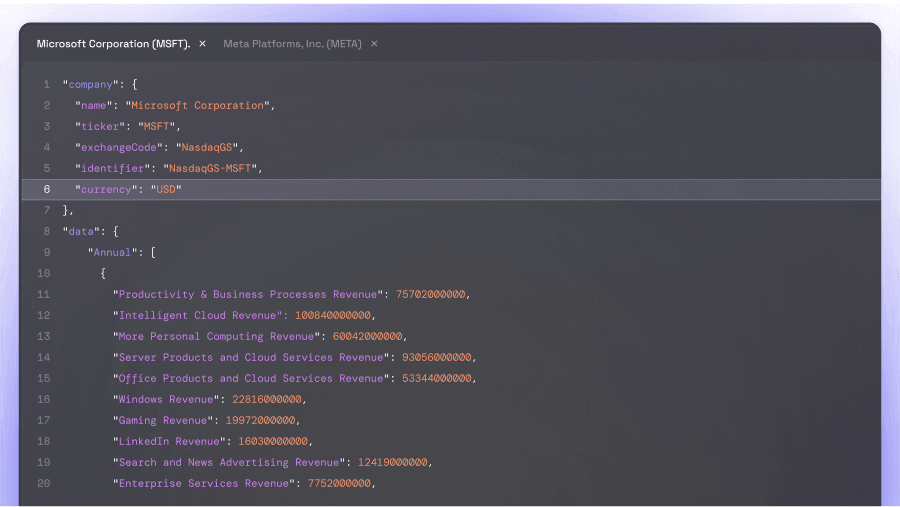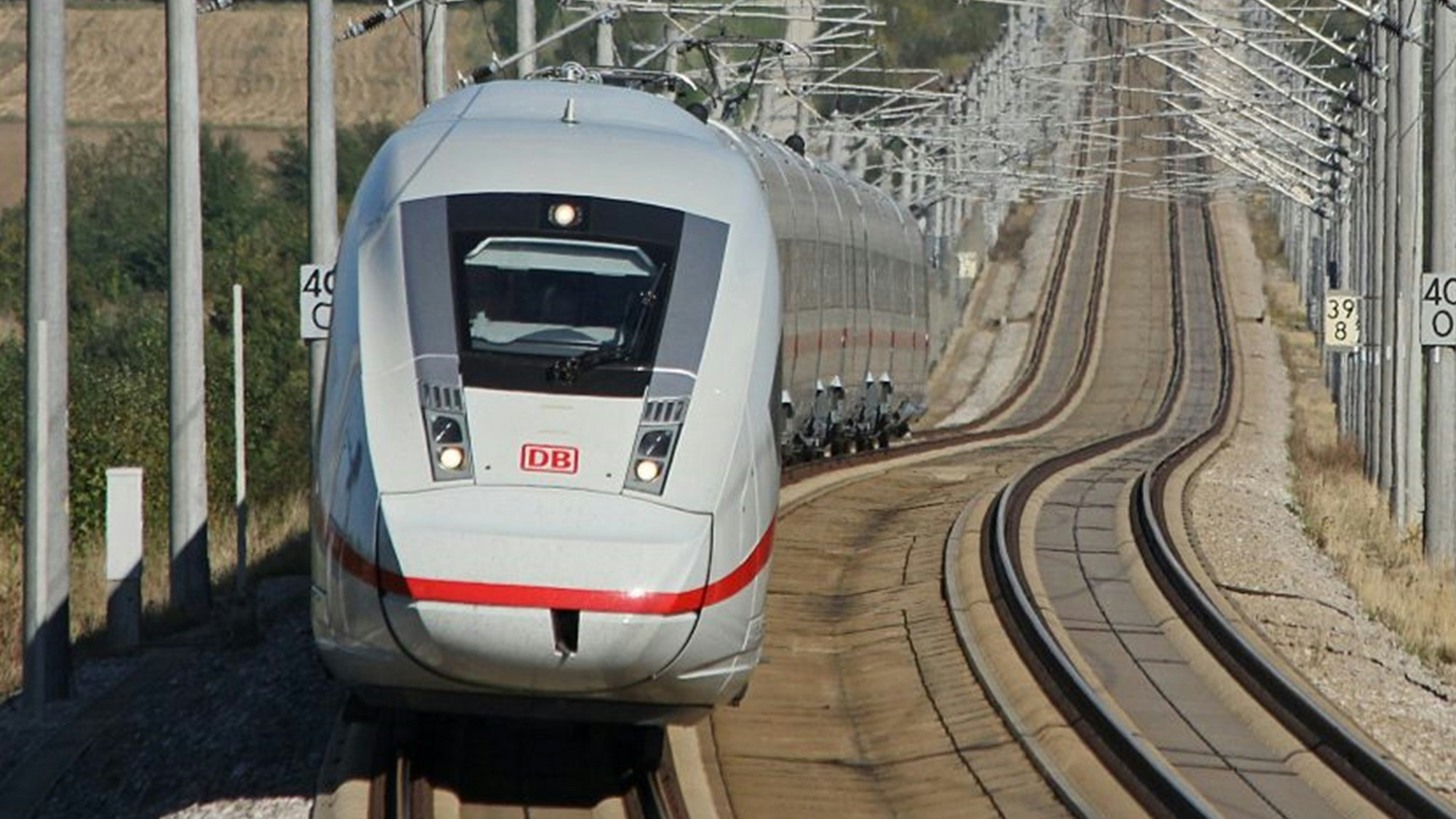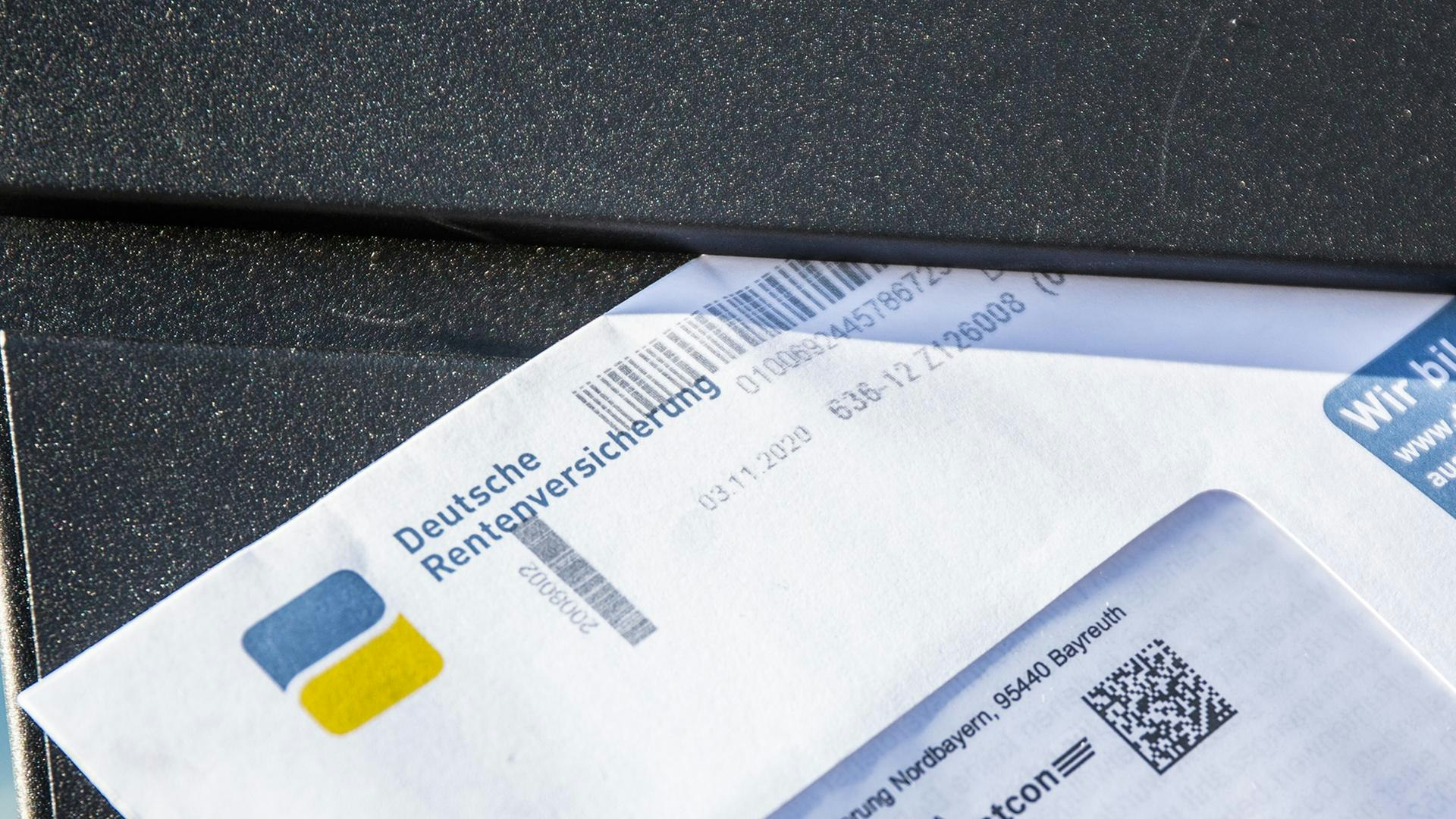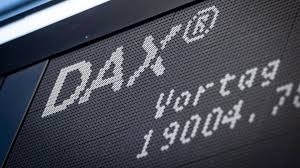AI
Microsoft's AI Revolution: New Tools for Developers and a Challenge to the Competition
At the Ignite conference, Microsoft is unveiling groundbreaking software updates, proprietary chips, and new AI features – a frontal assault on the AI market.
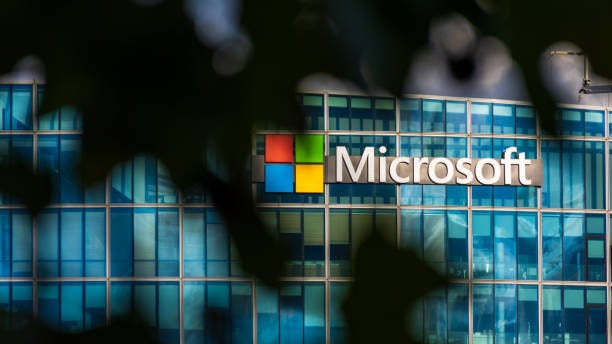
When Microsoft announces something, the tech world listens – and this time the company has really delivered. At its annual Ignite conference in Chicago, the software giant presented a whole range of new tools and technologies that promise one thing above all: to massively simplify the lives of artificial intelligence (AI) developers. But what is behind the offensive? And why is Microsoft now focusing on more choice and flexibility?
Azure AI Foundry: The Switzerland among AI Platforms
Microsoft's new flagship for AI developers is called Azure AI Foundry.
Scott Guthrie, Microsoft's Head of Cloud Computing, sums it up: "Developers don't want to overhaul their entire application with every new model." In other words: No one has time for endless updates or the uncertainty of whether a new model actually delivers better results.
Azure AI Foundry is partly based on its predecessor Azure AI Studio but brings crucial innovations. Particularly exciting: tools for the easy integration of AI agents - digital assistants that can perform tasks independently. Sounds like science fiction, but it's now a reality.
What is behind the strategy?
While the partnership with OpenAI remains a key component, Microsoft is now focusing on diversity. The reason is simple: customers want the freedom to use the best model for their purposes. And even though OpenAI models remain leaders for many applications, there are niches where alternatives perform better.
Microsoft's approach is clever. More options do not mean less control. Rather, the company remains the ecosystem in which the models operate – and earns from every change.
The Hardware Offensive: Own Chips for the AI Future
Software was just the beginning. Microsoft also presented two new in-house chips at Ignite, which represent a clear challenge to competitors like Nvidia:
- Pluton – ein Sicherheits-Mikroprozessor, der Verschlüsselungen und Schlüssel schützt. Ab 2025 soll Pluton in jedem neuen Microsoft-Rechenzentrum-Server eingebaut sein.
- Cobalt – ein Datenprozessor, der die Geschwindigkeit zwischen Netzwerken und KI-Chips erhöht. Das Ziel: Noch schnellere Verarbeitung und Training der immer größer werdenden KI-Modelle.
According to Rani Borkar, Microsoft's Vice President for Chip Design, development is just beginning: "The models are getting larger, and every layer—from the chip to the server to the software—must perform optimally.
Why the Timing Is No Coincidence
The announcements come at a critical time. Microsoft recently warned investors that growth in the cloud sector will temporarily slow down due to bottlenecks in data centers. However, according to Guthrie, these problems are expected to be short-term. With the new chips and software solutions, Microsoft is aiming for long-term growth, driven by the explosive demand for generative AI.
What does that mean for the competition?
With Azure AI Foundry and the hardware offensive, Microsoft is showing a clear direction: The AI market is becoming more flexible, faster, and—at least from Microsoft's perspective—more strongly integrated into Azure. Competitors like Google Cloud or Amazon Web Services will have a hard time keeping up with this versatility.
But the real winner could ultimately be the customer. More choice, better integration, and more powerful systems - the AI future will not only be more complex but also more exciting. And Microsoft? They remain right on top of the wave.
The tech world will be watching the next steps closely. But one thing is certain: with these innovations, Microsoft has just taken the AI game to a new level.

